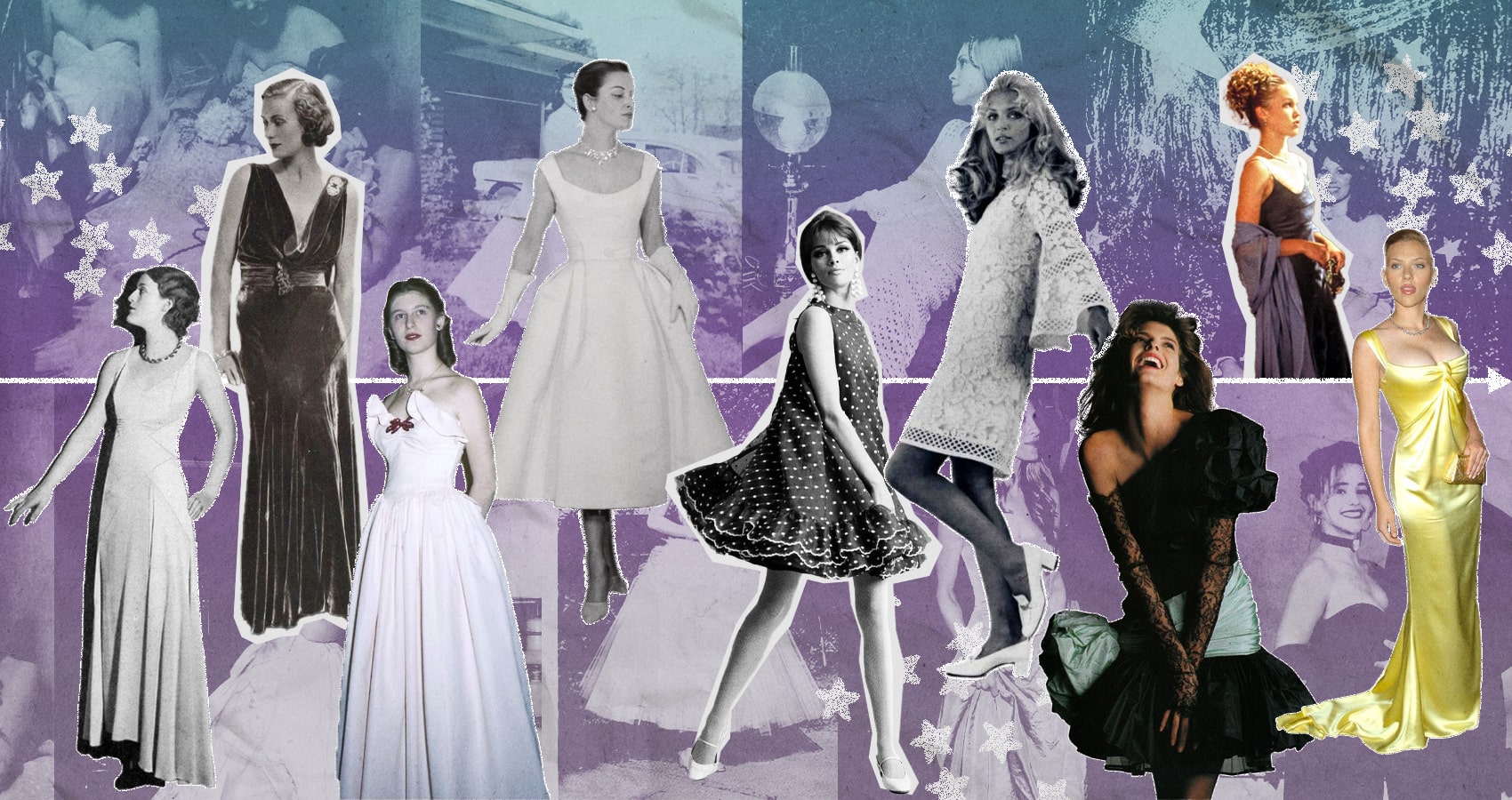Prom Dress Trends Through the Decades: A Fashion Evolution
From Flapper Styles to Modern Glamour.
Prom night is a time for young people to celebrate the culmination of their high school years in style. For decades, the choice of dress has played an essential role in this rite of passage.
The evolution of prom dresses reflects broader trends in fashion, culture, and societal expectations, as well as the way young women express themselves. From modest and traditional styles to bold, glamorous looks, the history of prom dresses showcases how fashion has adapted over time to new ideas, fabrics, and attitudes.
This article takes a comprehensive look at how prom dress styles have changed over the decades, offering a thorough examination of the trends and shifts that have defined this iconic aspect of teenage culture.
1920s: The Flapper Influence
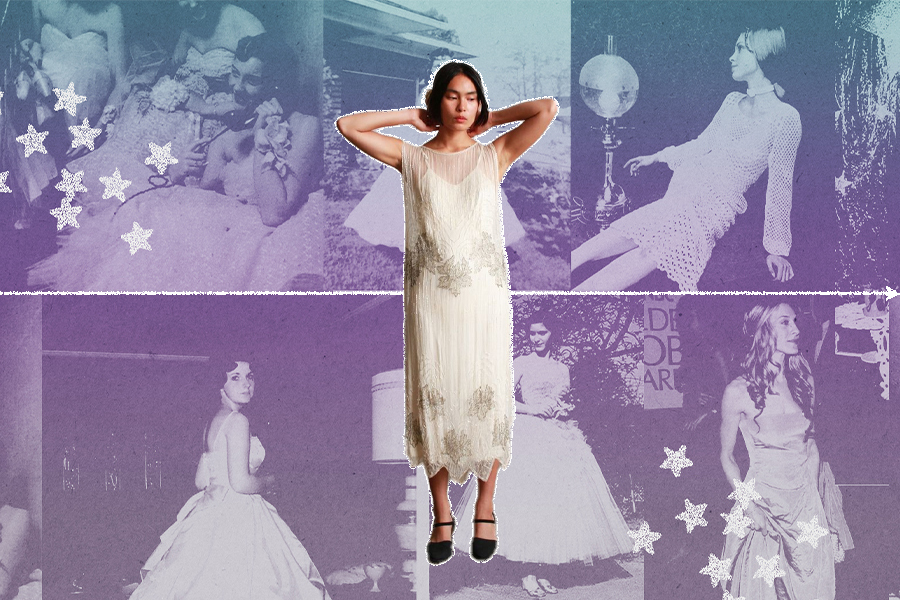
The 1920s were marked by a sense of liberation, especially for women. After the end of World War I, many young women embraced a more liberated lifestyle, and this was reflected in their fashion choices.
The iconic flapper look influenced prom dresses during this period. Dresses were typically knee-length and often featured a drop-waist design, a style that represented the era’s shift toward more youthful and relaxed silhouettes.
Beaded embellishments, fringe, and simple cuts were common features of these dresses, as well as the use of light, flowing fabrics like silk and satin. The overall look was both elegant and effortless, reflecting the spirit of the Jazz Age. The 1920s also marked the beginning of the shift from the traditional long gown to the more playful, youthful prom dress style.
1930s: Glamour and Elegance
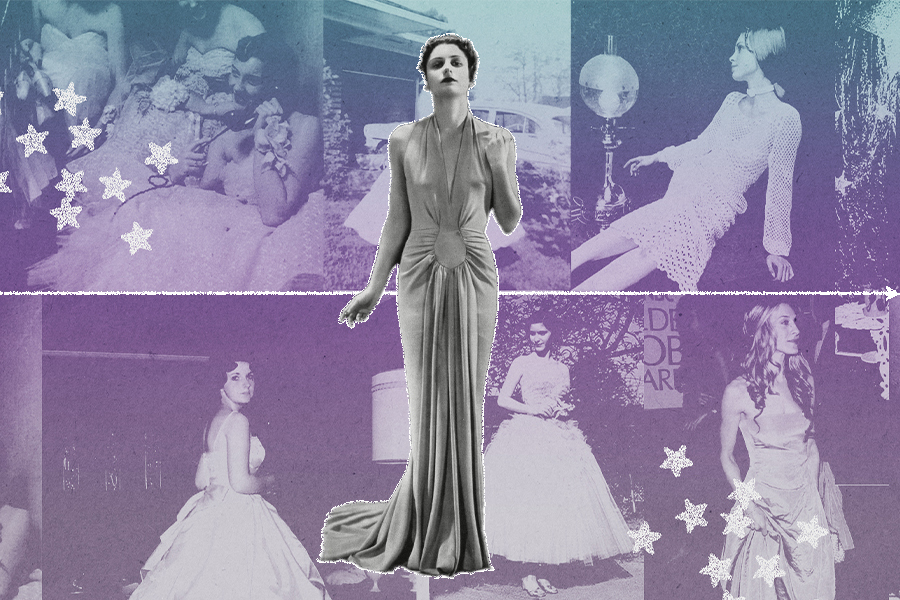
As the decade progressed, the 1930s saw a return to longer, more elegant dresses. Hollywood’s influence was at its peak during this time, with actresses like Greta Garbo and Joan Crawford inspiring young women to emulate their glamorous, sophisticated style. Prom dresses became more structured, often featuring slim, floor-length silhouettes that were form-fitting at the waist and hips.
Dresses during this period also featured longer sleeves, delicate pleating, and the use of luxurious fabrics such as velvet and satin. The introduction of bias-cut dresses, which followed the natural lines of the body, became a popular choice for prom-goers. These gowns, while simple in design, had an air of refinement and class, reflecting the period’s preference for understated sophistication.
1940s: Wartime Restrictions and Simple Elegance
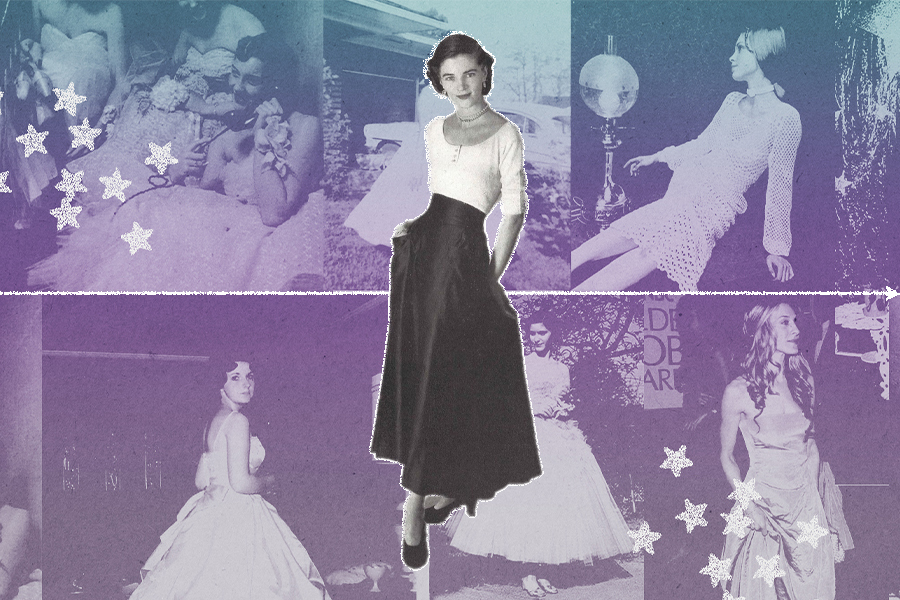
The 1940s were defined by World War II, which impacted all aspects of life, including fashion. Rationing and fabric shortages led to the creation of simpler, more practical prom dresses.
While dresses were still long, they were less extravagant and often made from more affordable materials. The silhouette of prom dresses during this time was defined by A-line shapes, which were less form-fitting than previous years but still offered elegance.
Designs often included a modest neckline, and dresses typically featured short or capped sleeves. Some dresses had sweetheart necklines and pleated skirts, with floral patterns or simple embellishments. The focus was on functionality, but there was still an emphasis on making young women feel special for their prom night.
1950s: Full Skirts and Femininity
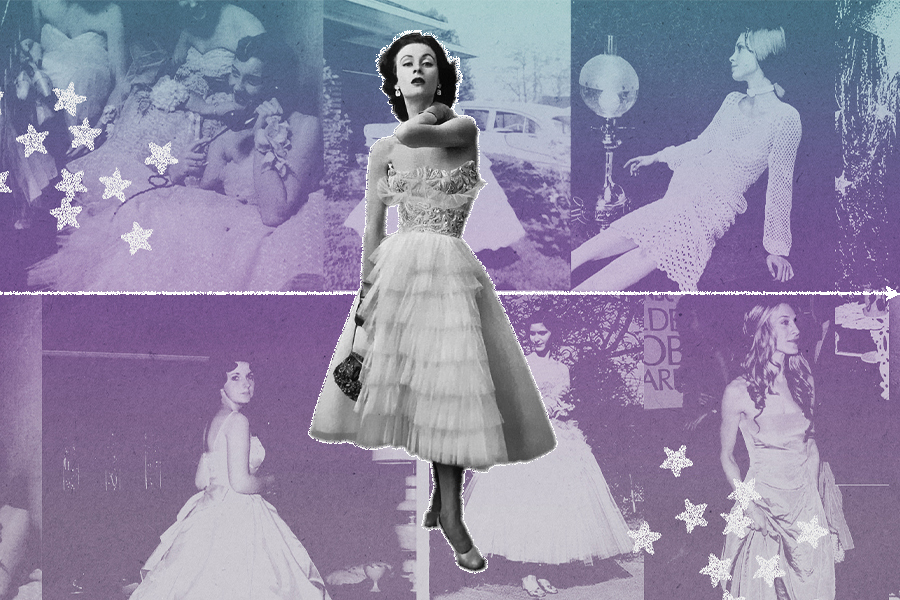
The 1950s marked a return to the feminine, hourglass figure, and prom dresses were no exception. The classic full-skirted look, often achieved through the use of crinoline slips or petticoats, dominated this decade. Dresses in the 1950s were typically fitted at the bodice, often featuring sweetheart or bateau necklines, and flared out at the waist in dramatic, voluminous skirts.
Fabric choices varied, with satin, taffeta, and lace being popular materials for these dresses. Prom-goers often wore their hair in soft waves, and gloves were a common accessory.
This style symbolized both innocence and glamor, and many of the dresses were designed to evoke a sense of fairy tale fantasy. Timeless classics are still popular with variations of this silhouette remaining a staple for prom dresses today.
1960s: Mod and Bold
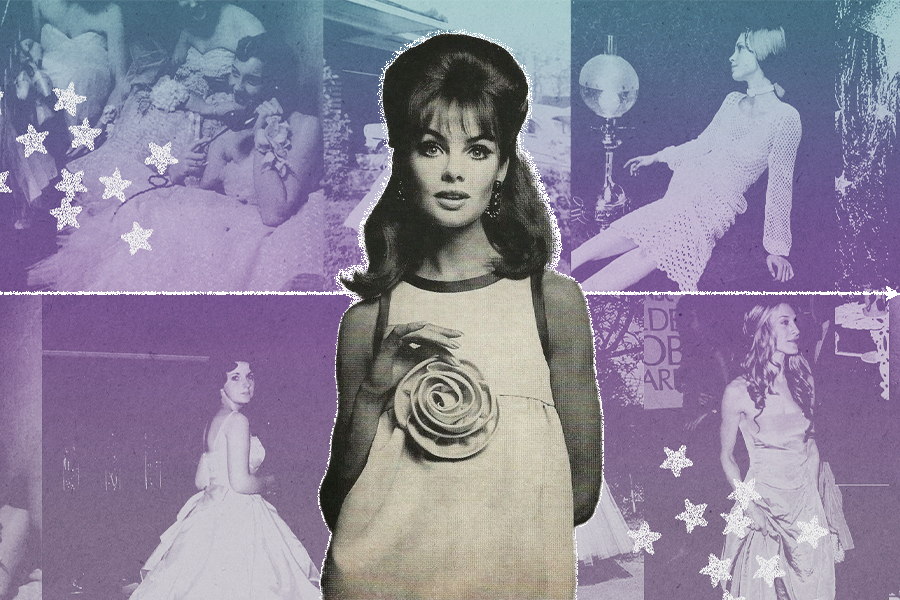
The 1960s brought with it a spirit of rebellion and change. The decade was characterized by the rise of youth culture, and fashion became a reflection of this newfound sense of individuality. Mod style, which was inspired by the youthful energy of the 1960s, had a significant influence on prom dress designs.
Mini dresses became increasingly popular, and many young women opted for shorter skirts that showed off their legs. Bright, bold colors, geometric patterns, and psychedelic prints took center stage. These dresses often featured clean lines, simple cuts, and a sense of modernity. The sleek, straight-line dress became a go-to style for the era, reflecting the growing desire for simplicity and independence.
1970s: Boho Chic and Long Sleeves
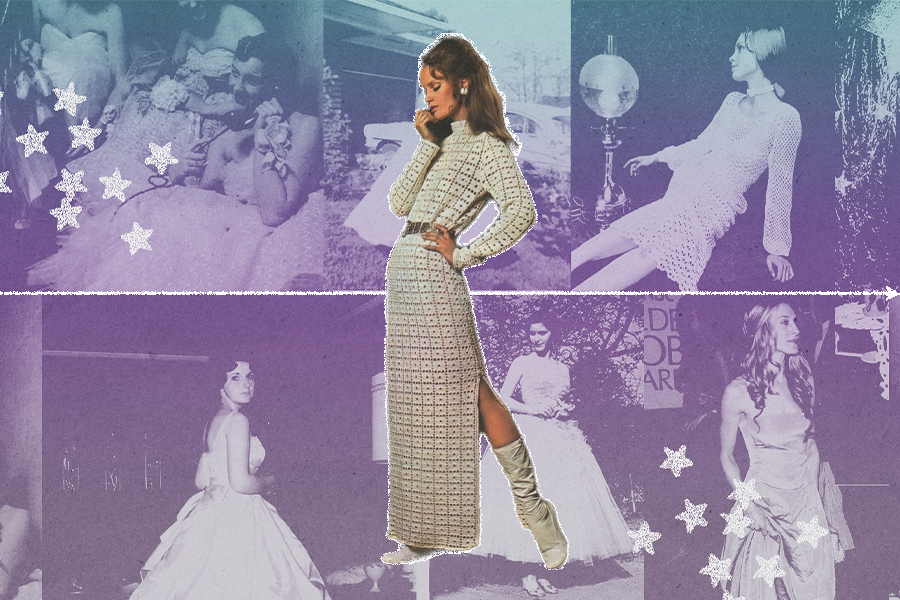
The 1970s was a decade of freedom, peace, and love, and this was reflected in the fashion choices of young people. Prom dresses became longer and more relaxed, often incorporating boho elements like flowing sleeves and floral prints. The hippie movement influenced fashion, with many girls opting for dresses that had a loose, easygoing fit.
Earth tones, paisley patterns, and crochet details were common in prom dresses during this time. Dresses often featured long sleeves, empire waists, and flowing skirts that made them ideal for those seeking a more relaxed, natural look. This era also marked a significant departure from the form-fitting, structured gowns of the 1950s and 1960s, favoring comfort and freedom of movement.
1980s: Power Shoulders and Glamour
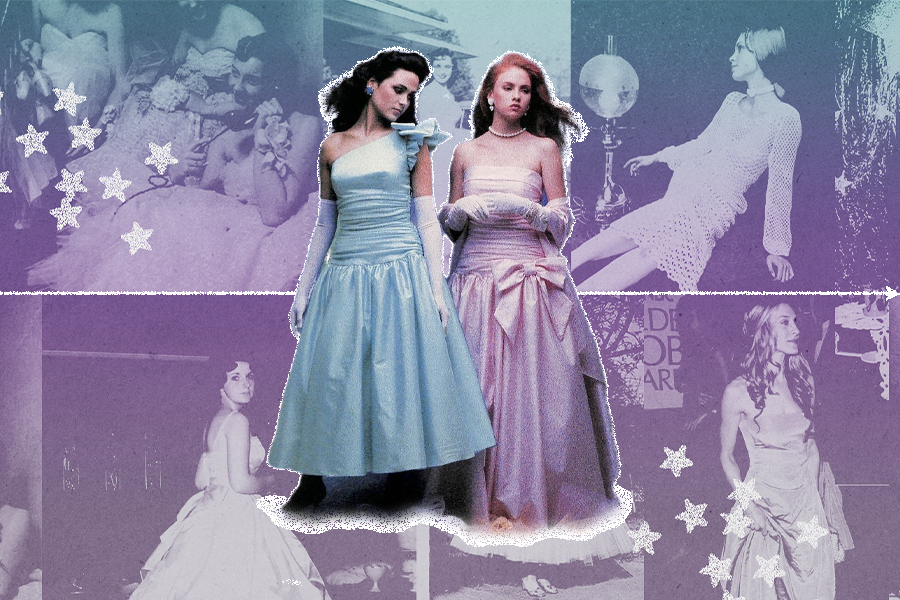
The 1980s saw a dramatic departure from the more understated fashion of previous decades. This period was defined by excess, and prom dresses reflected that ethos. Power shoulders, puffed sleeves, and dramatic silhouettes dominated the scene. Dresses were often voluminous, with layers of tulle, ruffles, and bows creating a bold, glamorous look.
The colors of the 1980s were often vibrant, with bold pinks, blues, and purples being particularly popular. Satin and taffeta were the go-to fabrics for prom dresses during this time, and many girls wore their hair in large, teased styles to match the overall dramatic effect.
The 1980s also saw the rise of the “princess” prom dress, with many young women opting for dresses that resembled the gowns worn by Disney princesses.
1990s: Minimalism and Slip Dresses
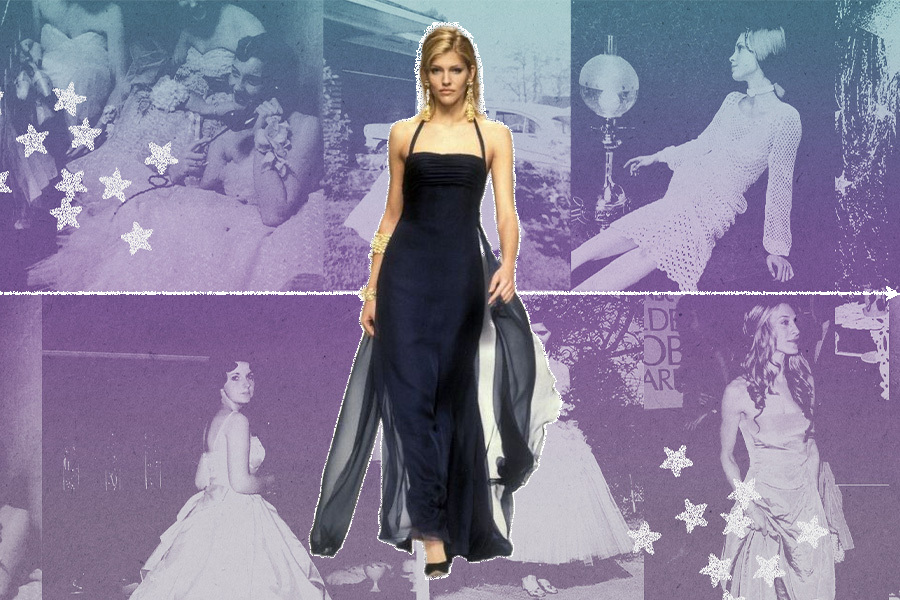
The 1990s marked a shift toward minimalism in fashion. Prom dresses during this decade reflected the overall trend toward simplicity and understated elegance. Slip dresses, often made from satin or silk, became a popular choice for prom-goers. These dresses had a sleek, form-fitting silhouette and were typically paired with delicate accessories.
The color palette of the 1990s was more muted, with black, silver, and soft pastels taking center stage. The 1990s also saw a shift toward more versatile, less fussy dresses. Many girls favored simple, elegant designs that showcased their personal style rather than opting for the extravagant, frilly dresses of the 1980s.
2000s: The Rise of the Strapless Gown
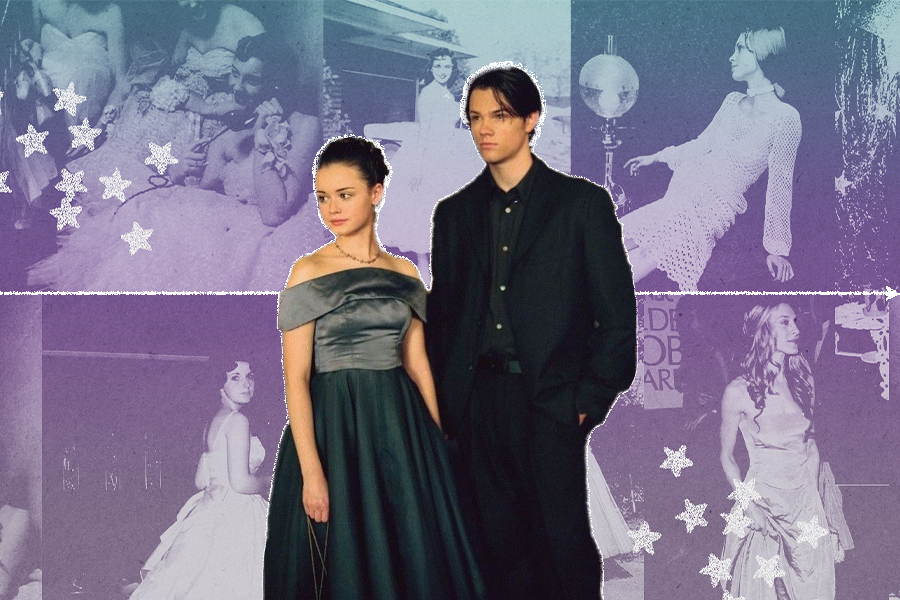
The 2000s saw the emergence of the strapless prom dress as the dominant style. This era was marked by a return to glamour, with many young women choosing dresses that were sleek and form-fitting. Strapless gowns, often adorned with rhinestones, sequins, and other embellishments, were popular choices.
While the strapless style was ubiquitous, prom dresses during this time came in a variety of shapes and lengths, from A-line skirts to mermaid-style dresses. The colors were bold, with jewel tones like emerald green, ruby red, and sapphire blue taking center stage.
The 2000s were also marked by a more contemporary approach to prom, with dresses reflecting the trends seen on the red carpet.
The Enduring Appeal of Classic Prom Dresses
Prom dresses may evolve over time, but the timeless appeal of classic styles endures. The full-skirted gowns of the 1950s, the sleek slip dresses of the 1990s, and the glamorous princess-style dresses of the 1980s continue to inspire new generations of young women seeking the perfect dress for their big night.
Although trends change, the quest for a dress that makes one feel confident, beautiful, and ready to celebrate remains constant. As we look back at the history of prom dresses, it’s clear that the pursuit of style, elegance, and personal expression has shaped these gowns into timeless symbols of youth and fashion.



